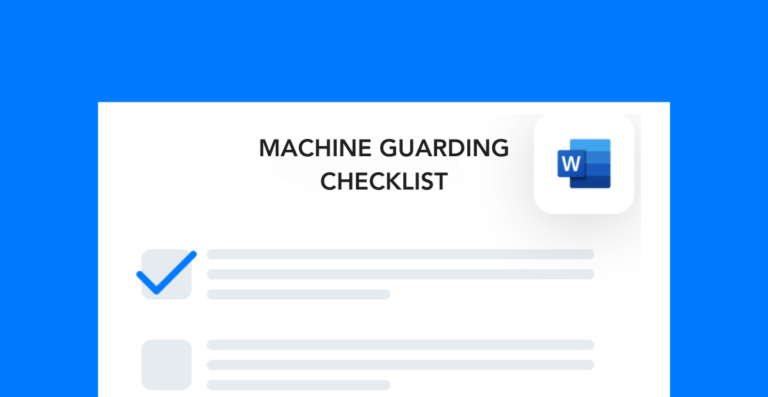The current OSHA machine guarding standard 29 CFR 1910.212 covers all types of power-driven machinery. It applies to both employers and employees who use or operate such machinery. Let’s dive into the details of OSHA’s machine guarding standard.
OSHA machine guarding standard requirements
OSHA’s standard for machine guarding has five parts. The first three parts cover a more broad area whereas the other parts refer to the type of equipment and machine involved.
1910.212(a)(1)(i)
This standard refers to employers and how they must protect workers from hazards associated with point-of-operation and other hazards by using guards, devices, or other safety equipment. Employers are required to provide said guards and safety equipment. All equipment must have guards installed when it is first put into use and before it is used by any person not familiar with its operation or hazards.
1910.212(a)(1)(ii)
Each guard must be designed so that it can be maintained in working order and will function as intended by being effective against anticipated hazards. It must be strong enough to withstand impacts while not creating a new hazard. The guard must be free of sharp edges or projections that could cause entanglement or contact burns to employees in case there is any contact with hot surfaces or moving parts while performing their duties near the machine.
1910.212(a)(1)(iii)
Part iii covers the safeguarding of point of operation. If any point of operation creates exposure for workers, it must have a guard, and the guarding must conform to the statements mentioned in part ii.
Point of operation
So, what is this point of operation that the standard mentions? All machines contain three parts: point of operation, power transmission device, and operating controls. The point of operation is where the actual operation occurs, for instance, the cutting, boring, or shaping of the material.
Some of the machines that need safeguarding are:
- Mechanical power presses
- Press brakes
- Conveyors
- Printing presses
- Guillotine cutters
- Roll-forming and roll-bending machines
- Shears
- Food slicers
- Meat grinders
- Meat cutting band saws
- Drill presses
- Milling machines
- Grinding machines
- Slitting machines
Different types of machine guarding
As there are different machines, there are different ways or methods to protect equipment. Here are 4 different types of machine guarding devices employers can install.
Fixed
Fixed safeguards are permanently constructed into the machine. They are not impacted or changed by moving parts of the machine. Because of its simple use, the fixed method is preferred over other methods of machine protection.
Interlocked
Interlocked guards can shut off power or stop moving parts of a machine when the guard is open or removed. The movement or electricity will not come back unless the safeguard is back to its original state.
Adjustable
As the name suggests, adjustable guards are a more flexible method for machine guarding. They can be adjusted for the different types of use or stock size but because of their flexible nature, they are not considered the highest form of protection.
Self-adjusting
Self-adjusting guards form a barrier according to the movement of the stock. According to OSHA, pushing the guard away provides an opening for the stock as the stock moves into a danger zone. This is also not the highest level of protection as it can impact visibility and require more maintenance.




